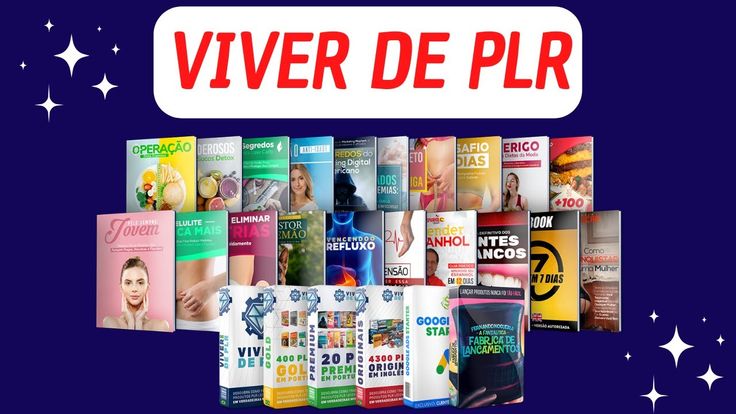Private Label Rights (PLR) eBooks have become a popular resource for entrepreneurs, marketers, and content creators. They offer a fantastic way to save time and effort in content creation while allowing for customization and branding. However, one key factor that can significantly impact the success of your PLR eBook is the format in which it’s presented. In this blog post, we’ll explore various formats for PLR eBooks and how each can enhance your content strategy.

1. PDF Format
Overview: PDF (Portable Document Format) is perhaps the most widely used format for eBooks plr ebooks. It retains the layout, fonts, and images exactly as intended, making it ideal for visually rich content.
Benefits:
- Universality: PDFs can be opened on almost any device without altering the layout.
- Professional Appearance: A well-designed PDF eBook can look polished and professional.
- Security Features: You can add password protection and restrictions on printing and editing.
Best Uses: PDFs are great for detailed guides, reports, or visually-driven content where layout consistency is crucial.
2. ePub Format
Overview: ePub (Electronic Publication) is a flexible eBook format designed for reflowable content, meaning it adjusts to different screen sizes.
Benefits:
- Compatibility with eReaders: ePub files can be easily read on popular eReaders like Nook and Kobo, as well as on various mobile apps.
- Reflowable Text: This makes reading more comfortable on different devices.
- Interactive Features: ePub supports multimedia elements, hyperlinks, and even audio.
Best Uses: ePub is excellent for fiction, interactive content, and any eBook where text flow is important.
3. MOBI Format
Overview: MOBI is the format used by Amazon Kindle devices. Although it’s less common outside of the Kindle ecosystem, it’s vital for reaching Kindle users.
Benefits:
- Direct Access to Amazon Users: Publishing your PLR eBook in MOBI format allows for easy distribution through Kindle Direct Publishing (KDP).
- User-Friendly Features: Kindle devices offer features like adjustable text size, background color changes, and built-in dictionaries.
Best Uses: Use MOBI when you want to target the extensive Kindle audience or if you’re planning to publish on Amazon.
4. HTML Format
Overview: HTML (HyperText Markup Language) is primarily used for web content but can also be adapted for eBooks.
Benefits:
- Hyperlinked Content: HTML allows for seamless integration of links, making navigation easy.
- Browser Compatibility: Readers can access HTML eBooks via any web browser without needing special software.
- Interactive Elements: You can incorporate multimedia elements, such as videos or animations.
Best Uses: HTML is suitable for online courses, tutorials, or any content where interactivity and hyperlinks enhance the user experience.
5. Audiobook Format
Overview: While not a traditional eBook format, audiobooks are gaining popularity and can be a great addition to your PLR content.
Benefits:
- Accessibility: Audiobooks cater to those who prefer listening over reading, making your content accessible to a wider audience.
- Convenience: They can be consumed while multitasking, like driving or exercising.
Best Uses: Consider offering an audiobook version of your PLR eBook to cater to auditory learners or busy individuals.
6. Video Format
Overview: Converting your PLR eBook into a video format can be an innovative way to engage your audience.
Benefits:
- Visual Engagement: Videos can include animations, illustrations, and voiceovers to capture attention.
- Shareability: Video content tends to perform well on social media and can reach a broader audience.
Best Uses: Use video formats for tutorials, presentations, or when you want to deliver content in a more dynamic way.
Conclusion
Choosing the right format for your PLR eBook is crucial for maximizing its reach and effectiveness. By understanding the strengths of each format, you can tailor your content strategy to meet the needs of your audience. Whether you opt for the classic PDF, the versatile ePub, the Kindle-friendly MOBI, or even venture into audio and video formats, each choice opens up new possibilities for engaging your readers and enhancing their experience.
Remember, the key is to align the format with your content type and target audience. With a little creativity, you can transform your PLR eBooks into valuable resources that resonate with readers and drive your business forward.